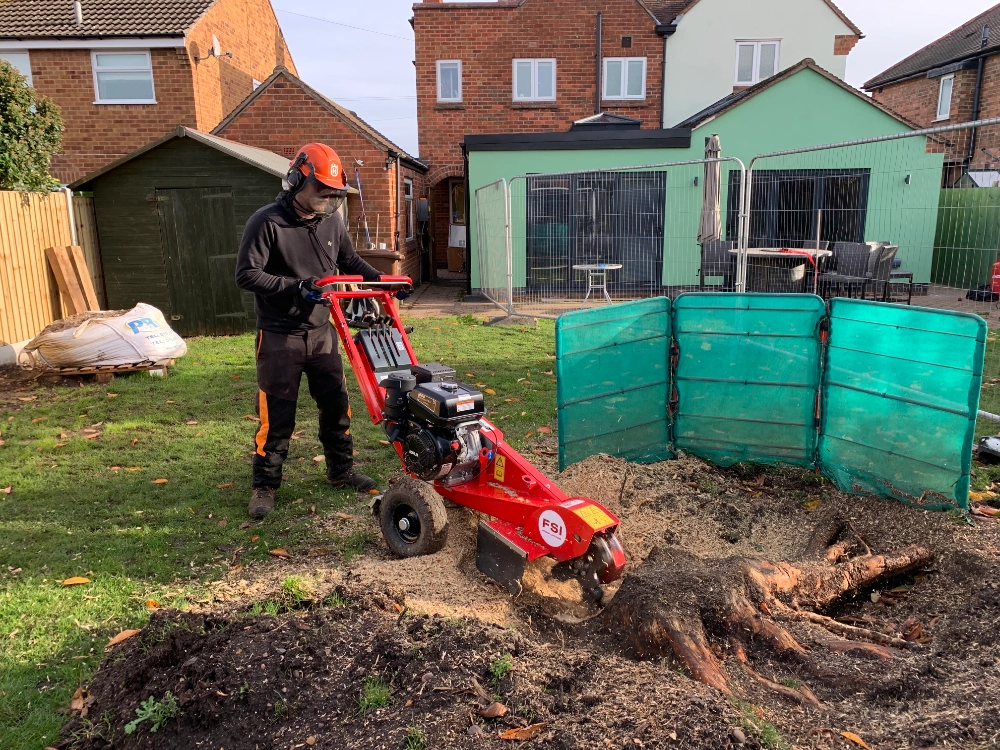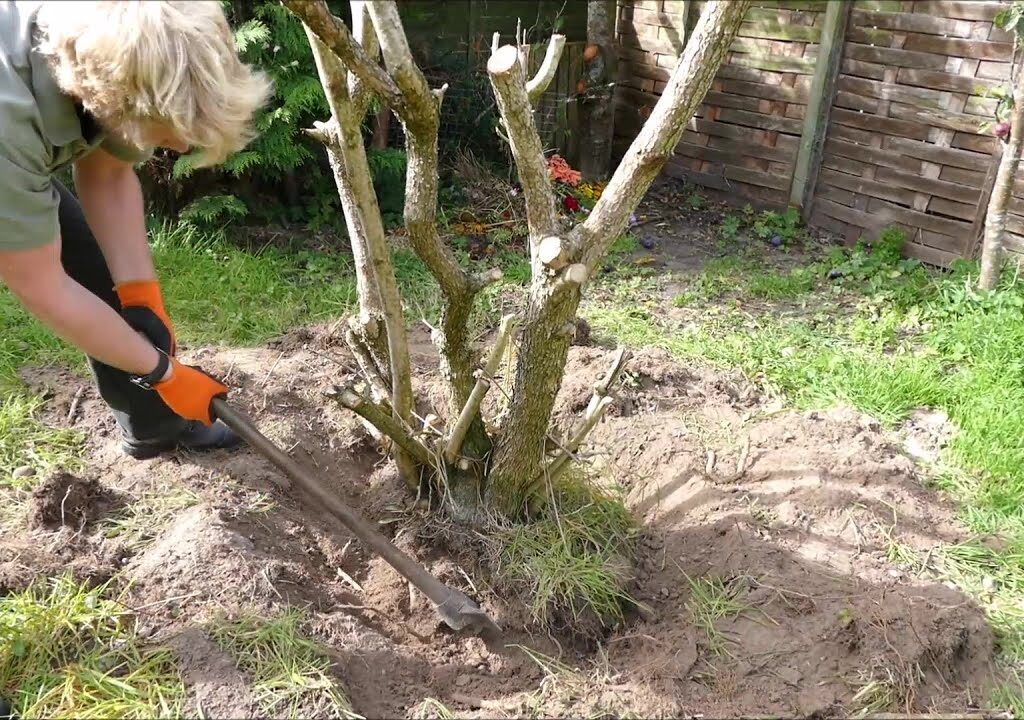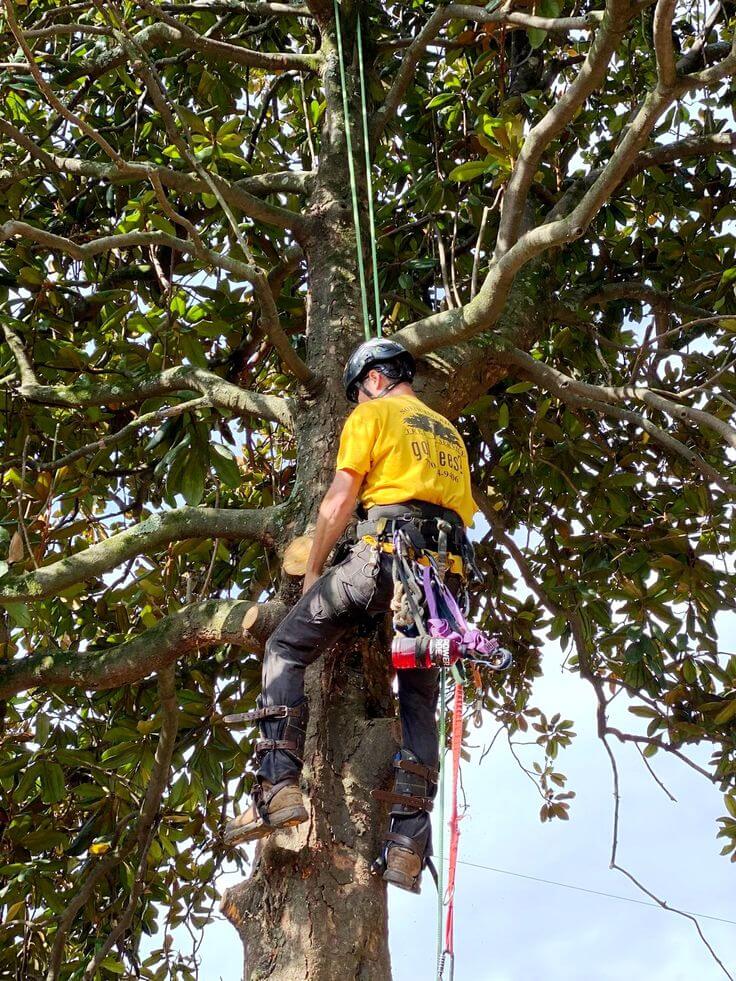Small stump removal
Introduction
Tree stumps are more than just an eyesore; they can disrupt your landscaping plans, harbor pests, and even lower the value of your property. Removing them is crucial for maintaining a safe and beautiful yard. Thankfully, small tree stumps can be removed with a variety of methods, depending on your resources and preferences.
Why Should You Remove Tree Stumps?
Safety Concerns
Tree stumps might seem harmless, but they are trip hazards, especially in high-traffic areas. For families with kids or pets, they pose an even greater risk. Stumps also interfere with lawn maintenance tools, potentially damaging mowers or weed trimmers.
Aesthetic Appeal
A tree stump in your yard can spoil the flawless appearance of an otherwise well-kept lawn. Getting rid of stumps clears the way for fresh landscaping or gardening ideas, boosting the overall charm of your property.
Pest Prevention
Rotting stumps lure pests such as termites, carpenter ants, and beetles. Over time, these pests can migrate to healthy plants or even to your home, creating costly damage.
Preventing Regrowth
Stumps from trees like poplars or willows can sprout new growth, leading to a cluster of saplings. Removing the stump ensures the problem doesn’t repeat itself.
Assessing the Stump
Size and Root Spread
Start by measuring the stump and assessing its root spread. While a small stump might appear manageable, some tree species have extensive root systems that complicate removal.
Type of Tree
Certain tree types, like hardwoods, have dense, tough roots that decompose slowly. Others, like conifers, have shallower root systems that are easier to handle.
Location
Is the stump near a building, fence, or underground utilities? These factors may limit your removal options and call for professional consultation.

Tools Needed
Here’s a checklist of tools commonly required:
Manual tools: Shovel, axe, mattock, hand saw, pry bar
Safety gear: Sturdy gloves, goggles, steel-toe boots
Specialized equipment: Chainsaw, stump grinder, or chemical stump remover
Methods for Small Stump Removal
Manual Removal
This is a labor-intensive but cost-effective option for small stumps. Here’s how to go about it:
Using a Shovel and Axe
Prepare the Space: Clear away any grass or debris surrounding the stump to ensure easier access.
Create a trench around the stump to uncover the roots.
Cut the Roots: Use an axe or mattock to chop through larger roots. For finer roots, a hand saw works well.
Remove the Stump: Use a pry bar for leverage to lift the stump out of the ground.
Leveraging a Chainsaw
For stumps close to the ground, a chainsaw can speed up the process. Cut the stump as close to the soil as possible, then focus on severing the main roots.
Chemical Removal
This method accelerates decomposition, making the stump easier to break apart.
Choosing the Right Product
Look for stump removers with potassium nitrate, as it breaks down lignin, the structural component of wood.
Step-by-Step Chemical Process
Drill holes in the stump, spaced 2–3 inches apart, and 10–12 inches deep.
Fill the drilled holes with the chemical remover, then pour in water to activate the solution. Use a tarp to shield the stump from rain and sunlight.
Wait several weeks for the stump to soften, then break it apart with a mattock.
Burning the Stump
Burning is an effective way to eliminate small stumps, but it’s essential to follow local regulations.
Preparing the Stump for Burning
Make holes in the stump and pour kerosene into them.
Allow the kerosene to soak for 24 hours.
Create a fire ring using bricks or stones to contain the flames.
Burning the Stump Safely
Light the stump carefully, ensuring no flammable materials are nearby. Monitor the fire constantly and have a water source ready for emergencies.
Grinding the Stump
Stump grinders are fast and efficient, making them a popular choice for small and large stumps alike.
Renting a Stump Grinder
Local hardware stores and equipment rental companies often provide stump grinders. Expect to pay $75–$150 per day.
Operating a Grinder Safely
Wear protective gear, including ear protection, as grinders can be noisy.
Position the grinder’s cutting wheel above the stump and lower it gradually.
Move the wheel back and forth until the stump is ground below the soil surface.
Eco-Friendly Stump Removal Options
Epsom Salt or Rock Salt Method
Salt dehydrates the wood, speeding up decomposition.

DIY vs. Hiring Professionals
When DIY Makes Sense
DIY methods work best for smaller stumps, especially if you already own the necessary tools and have time to dedicate to the project.
Replanting Options
For a New Tree: Choose a location slightly offset from the old stump to avoid nutrient-deficient soil.
For Landscaping: Consider planting grass, flowers, or creating a decorative rock garden.
Cost Considerations
DIY Removal Costs
Manual tools: $20–$50
Chemicals: $10–$30 per stump
Grinder rental: $75–$150 per day
Professional Costs
The cost of professional stump removal services typically falls between $100 and $300, varying based on the stump’s size and the complexity of its roots.
Invest in Quality Tools
Cheap tools can break or wear out quickly, making the job harder. Invest in durable equipment to save time and effort.
Leverage Physics
Use long-handled tools like pry bars to maximize leverage, reducing the amount of force you need to apply.
Benefits of a Stump-Free Yard
Enhanced Usability
A stump-free yard is easier to mow, plant, and use for outdoor activities like barbecues or children’s play areas.
Conclusion
Small stump removal may seem daunting at first, but with the right methods and tools, it’s entirely manageable. From manual digging to chemical treatments and mechanical grinders, there’s a solution for every situation. By removing stumps, you’ll not only improve your yard’s aesthetics but also eliminate hazards and pests. Whether you tackle it yourself or hire a professional, the end result is a safer, more beautiful yard.

